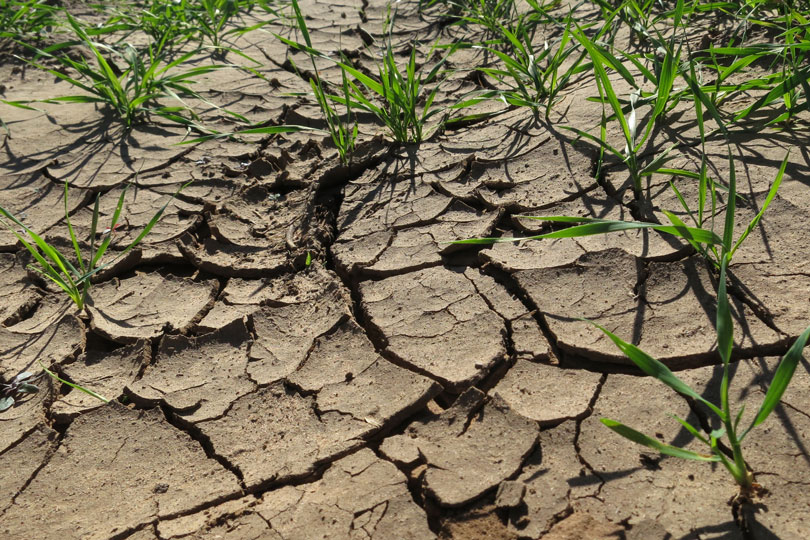By Justin Walker
Communications Specialist
The U.S. Department of Agriculture (USDA) will allow Conservation Reserve Program (CRP) emergency grazing in counties impacted by wildfires and severe drought after June 1, according to a letter released by Undersecretary of Farm Production and Conservation Bill Northey.
“USDA is aware that many farmers and ranchers in Texas, as well as other parts of the country, are suffering from the effects of weather-related disasters,” Northey said. “USDA will continue to use its available resources to provide relief to America’s producers who have been affected by severe weather conditions.”
The announcement comes after U.S. Congressman Mac Thornberry and U.S. Sens. John Cornyn and Ted Cruz requested U.S. Secretary of Agriculture Sonny Perdue grant emergency use to CRP lands to help impacted farmers and ranchers.
“Many counties have experienced devastating wildfires that have depleted ground cover for grazing,” the group said in a joint statement. “With the primary nesting seasons still in effect, emergency haying and grazing is not an option, leaving emergency use as the only alternative for many producers.”
Brenda Carlson, Farm Service Agency (FSA) supervisory public affairs specialist, said counties making the request for emergency grazing must be at a D-2 or greater drought level according to the U.S. Drought Monitor during the final week of primary nesting season.
“For counties in Texas, we will use the Drought Monitor scheduled for release on Thursday, May 31, and emergency grazing can begin the following day for approved CRP acreage in approved counties,” Carlson said.
CRP is a land conservation program managed by the Farm Service Agency. Once enrolled in the program, farmers remove environmentally sensitive land from agricultural production and plant species that will improve the health and quality of the environment.
During emergency situations, such as the wildfires and ongoing drought, CRP land can be grazed.
“The drought has been hard on ranchers this year, and emergency use grazing allows ranchers to not have to cull their herd as much,” Brant Wilbourn, Texas Farm Bureau associate director of Commodity and Regulatory Activities, said.
Ranchers will need to work directly with National Resources Conservation Service (NRCS) to develop a modified conservation plan that is site-specific to ensure that emergency grazing maintains the environmental and wildlife benefits of CRP.
Although grazing cannot begin until June 1, participants do not have to wait to begin working with NRCS.
For more information, contact your local FSA county office or visit www.fsa.usda.gov.

